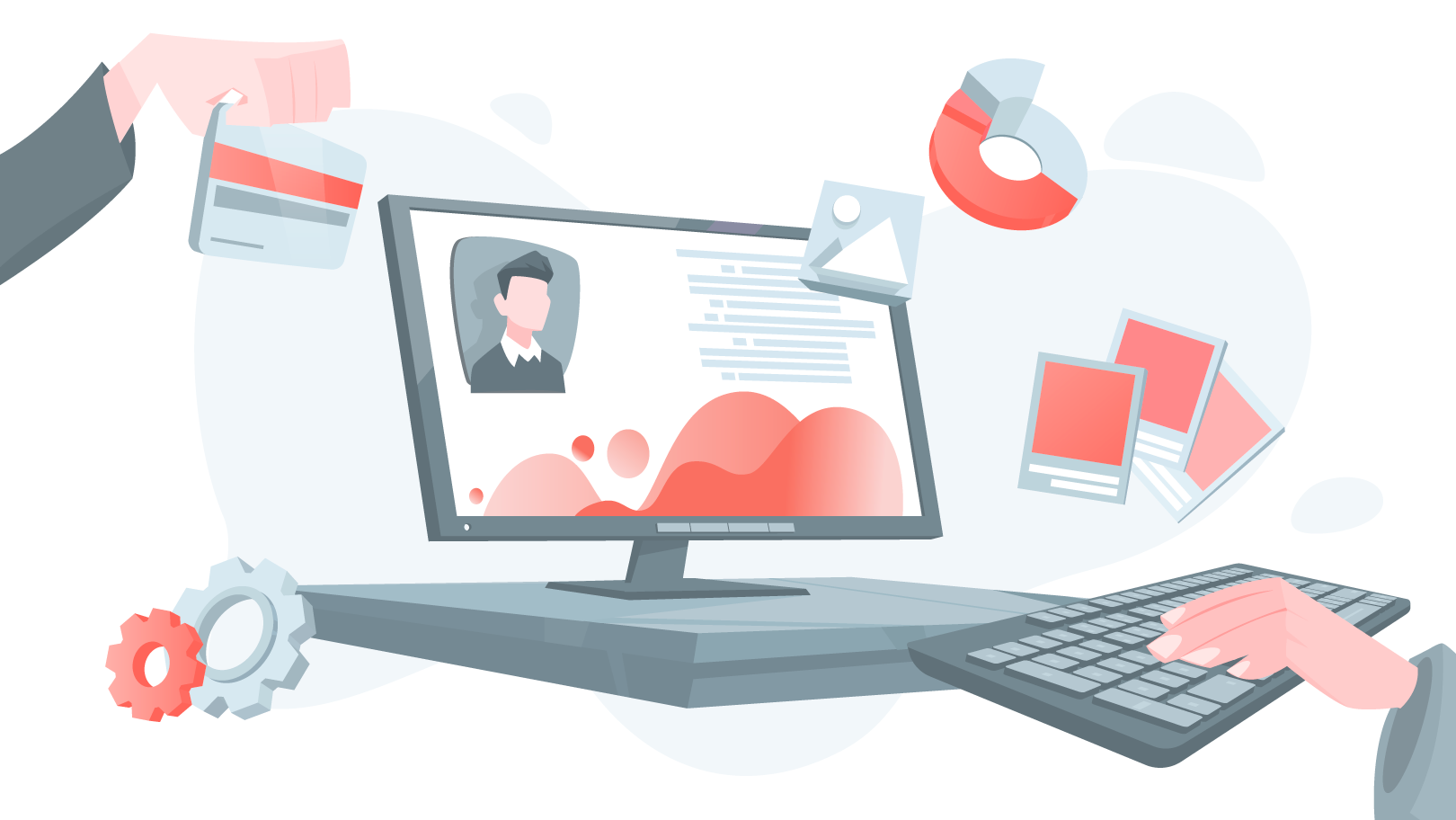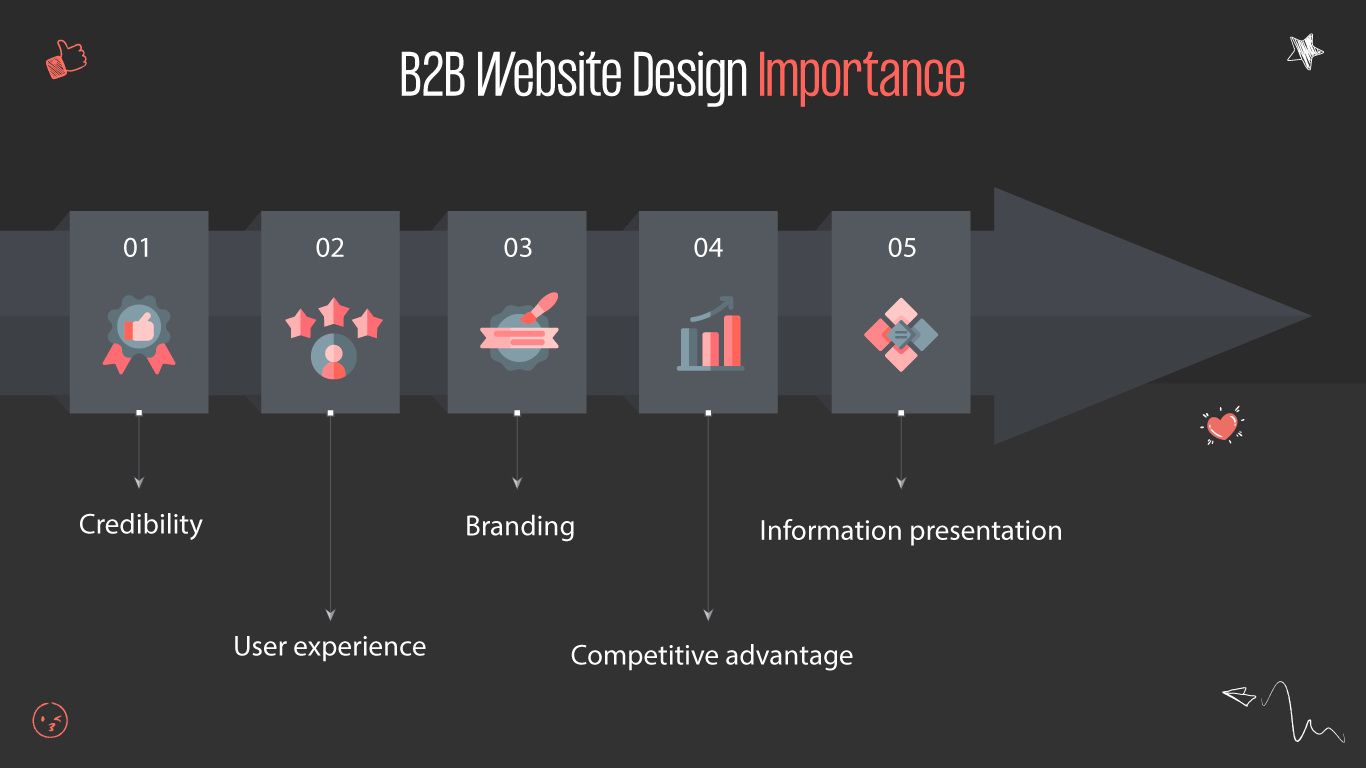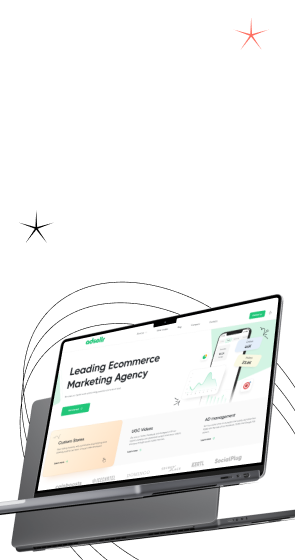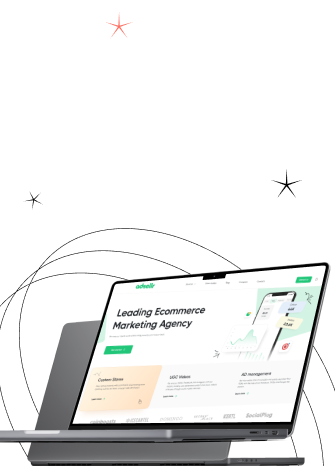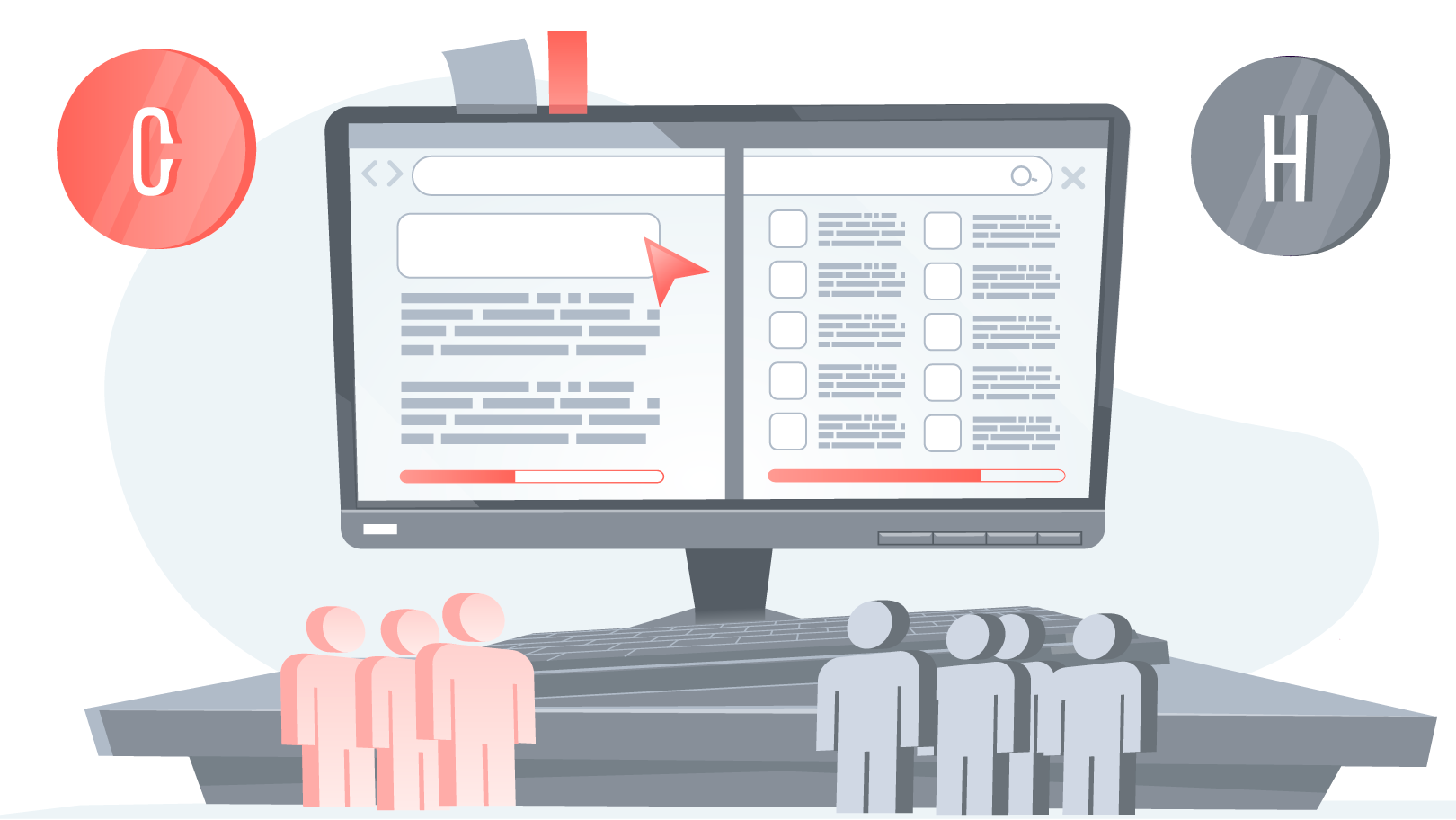In the fast-paced realm of B2B commerce, the significance of a well-crafted and user-centric web design cannot be overstated. As businesses increasingly rely on the digital sphere to connect, communicate, and transact, the design of their online presence plays a pivotal role in shaping customer perceptions and driving success. Besides, B2B buyers have increased their online spending by 45%. B2B web design evolves to cater to the user’s unique needs and preferences, providing tailored content, intuitive navigation, and personalized interactions that transcend the one-size-fits-all approach of the old days.
Here, we delve into the dynamic landscape of B2B web design trends, exploring the key strategies and innovations that reshape the way businesses present themselves in the digital marketplace.

